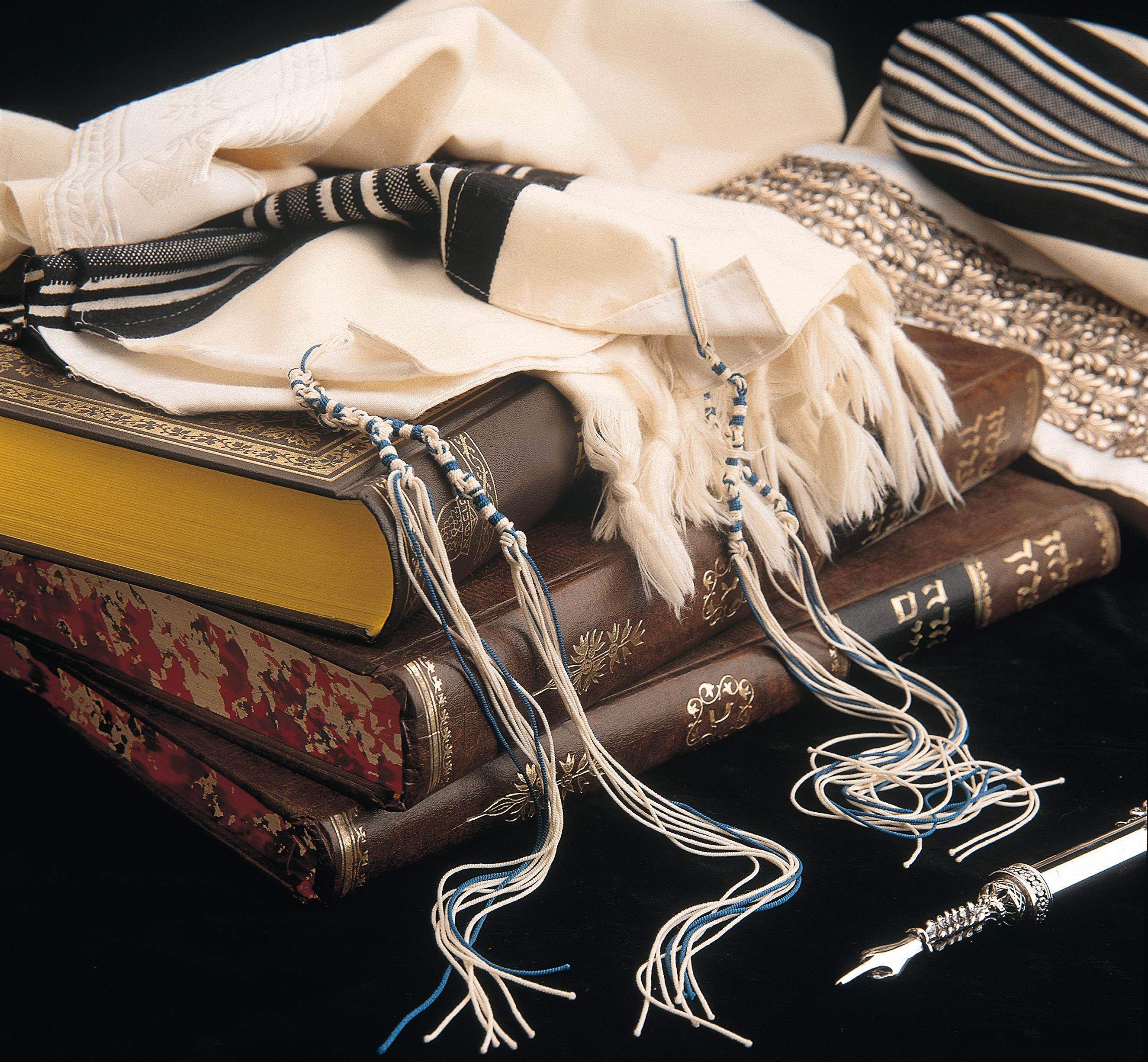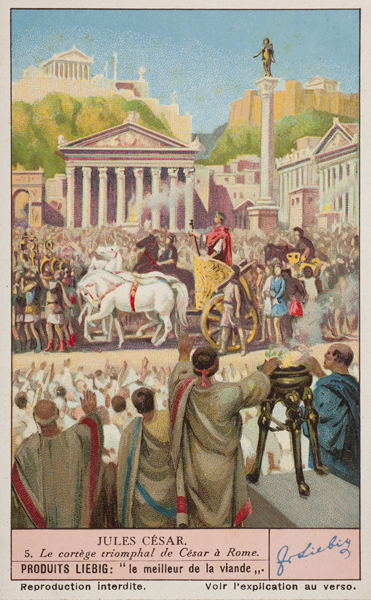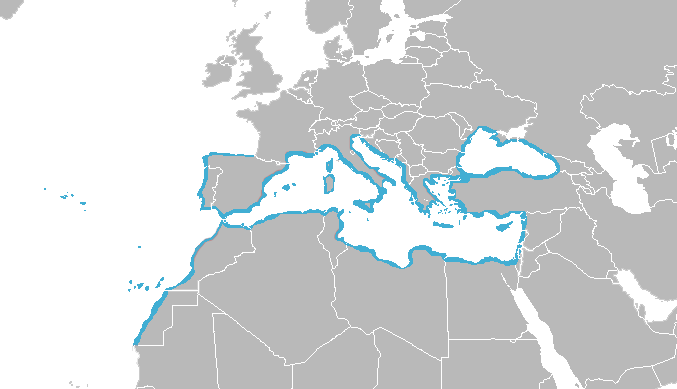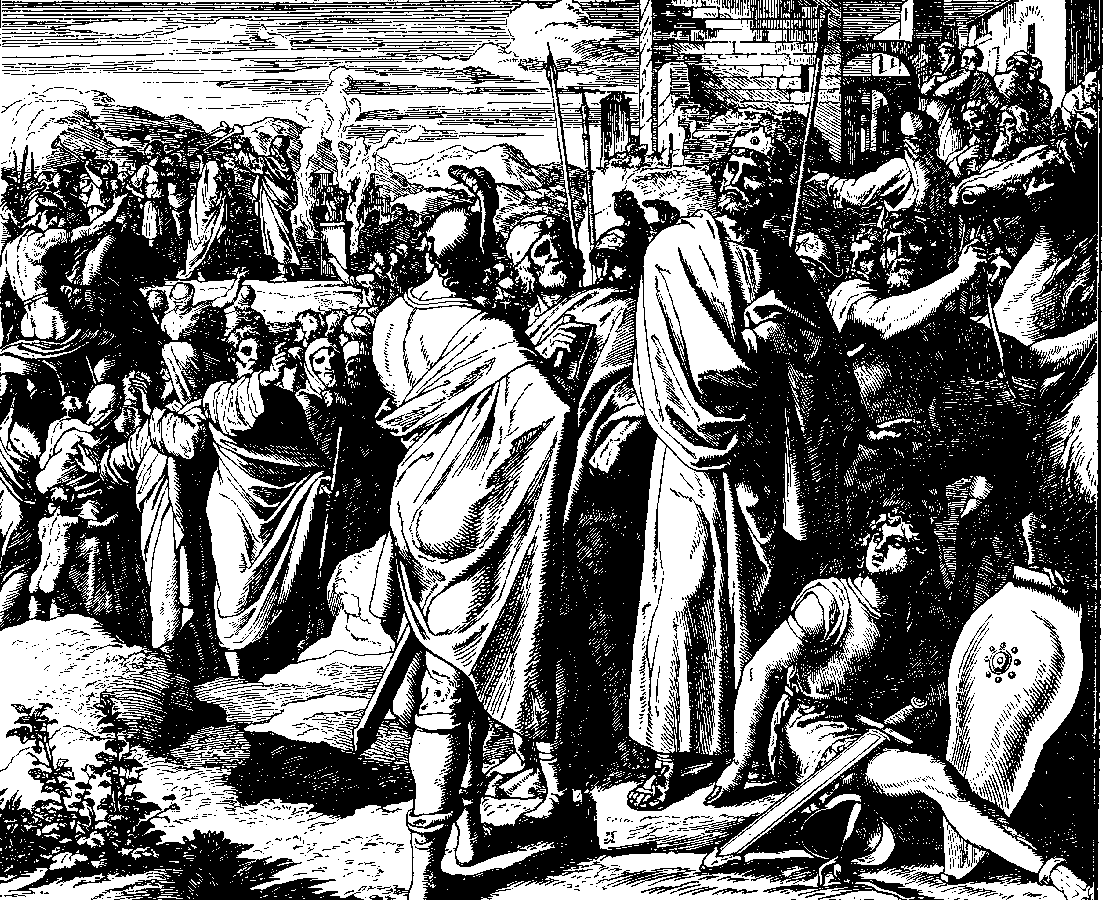|
Tekhelet
''Tekhelet'' ( he, תְּכֵלֶת ''təḵēleṯ''; alternate spellings include ''tekheleth'', ''t'chelet'', ''techelet'' and ''techeiles'') is a "blue-violet", "blue", or "turquoise" dye highly prized by ancient Mediterranean civilizations. In the Hebrew Bible and Jewish tradition, it was used in the clothing of the High Priest, the tapestries in the Tabernacle, and the ''tzitzit'' (fringes) affixed to the corners of one's four-cornered garments, including the ''tallit''. Tekhelet is most notably mentioned in the third paragraph of the Shema, quoting . Neither the source nor method of production of ''tekhelet'' is specified in the Bible. According to later rabbinic sources, it was produced exclusively from a marine creature known as the ''Ḥillazon''.Talmudbr>Menachot 44a Tosefta Menachotbr>9:6/ref> Knowledge of how to produce ''tekhelet'' was lost in medieval times, and since then ''tzitzit'' did not include ''tekhelet''. However, in modern times, many Jews believe that ex ... [...More Info...] [...Related Items...] OR: [Wikipedia] [Google] [Baidu] |
Tzitzit
''Tzitzit'' ( he, ''ṣīṣīṯ'', ; plural ''ṣīṣiyyōṯ'', Ashkenazi: '; and Samaritan: ') are specially knotted ritual fringes, or tassels, worn in antiquity by Israelites and today by observant Jews and Samaritans. are usually attached to the four corners of the ''tallit gadol'' (prayer shawl), usually referred to simply as a or ; and ''tallit katan'' (everyday undergarment). Through synecdoche, a may be referred to as . Etymology The word may derive from the Hebrew root -ts-h shares this root with the Hebrew for 'lock of hair', or 'dreadlock'. For example, in the Book of Ezekiel an angel grabs the prophet "by the of ishead;" he could be said to be "dragged by his hair." A popular etymological interpretation of derives from another word which shares this root. ( 'budding flower') may once have referred to floral ornamentation on clothing. One can hear distinct similarities with contemporaneous Akkadian clothing vocabulary: ('thread', 'edge', 'loom' ... [...More Info...] [...Related Items...] OR: [Wikipedia] [Google] [Baidu] |
Tallit
A tallit ''talit'' in Modern Hebrew; ''tālēt'' in Sephardic Hebrew and Ladino; ''tallis'' in Ashkenazic Hebrew and Yiddish. Mish. pl. טליות ''telayot''; Heb. pl. טליתות ''tallitot'' , Yidd. pl. טליתים ''talleisim''. is a fringed garment worn as a prayer shawl by religious Jews. The tallit has special twined and knotted fringes known as ''tzitzit'' attached to its four corners. The cloth part is known as the "beged" (lit. garment) and is usually made from wool or cotton, although silk is sometimes used for a tallit gadol. The term is, to an extent, ambiguous. It can refer either to the "tallit katan" (small tallit) item that can be worn over or under clothing and commonly referred to as "tzitzit", or to the "tallit gadol" (big tallit) Jewish prayer shawl worn over the outer clothes during the morning prayers (Shacharit) and worn during all prayers on Yom Kippur. The term "tallit" alone, usually refers to the tallit gadol. There are different traditions r ... [...More Info...] [...Related Items...] OR: [Wikipedia] [Google] [Baidu] |
Tyrian Purple
Tyrian purple ( grc, πορφύρα ''porphúra''; la, purpura), also known as Phoenician red, Phoenician purple, royal purple, imperial purple, or imperial dye, is a reddish-purple natural dye. The name Tyrian refers to Tyre, Lebanon. It is secreted by several species of predatory sea snails in the family Muricidae, rock snails originally known by the name 'Murex'. In ancient times, extracting this dye involved tens of thousands of snails and substantial labor, and as a result, the dye was highly valued. The colored compound is 6,6′-dibromoindigo. History Biological pigments were often difficult to acquire, and the details of their production were kept secret by the manufacturers. Tyrian purple is a pigment made from the mucus of several species of Murex snail. Production of Tyrian purple for use as a fabric dye began as early as 1200 BCE by the Phoenicians, and was continued by the Greeks and Romans until 1453 CE, with the fall of Constantinople. The pigment was ... [...More Info...] [...Related Items...] OR: [Wikipedia] [Google] [Baidu] |
Hexaplex Trunculus
''Hexaplex trunculus'' (previously known as ''Murex trunculus'', ''Phyllonotus trunculus'', or the banded dye-murex) is a medium-sized sea snail, a marine gastropod mollusk in the family Muricidae, the murex shells or rock snails. It is included in the subgenus ''Trunculariopsis''. This species is a group of opportunist predatory snails that are known to attack their prey in groups. What is peculiar about this specific species is that they show no preference for the size of their prey, regardless of their hunger levels. The snail appears in fossil records dating between the Pliocene and Quaternary periods (between 3.6 and 0.012 million years ago). Fossilized shells have been found in Morocco, Italy, and Spain. This sea snail is historically important because its hypobranchial gland secretes a mucus used to create a distinctive purple-blue indigo dye. Ancient Mediterranean cultures, including the Minoans, Canaanites/Phoenicians, Hebrews, and classical Greeks created dyes fr ... [...More Info...] [...Related Items...] OR: [Wikipedia] [Google] [Baidu] |
High Priest (Judaism)
High Priest ( he, כהן גדול, translit=Kohen Gadol or ; ) was the title of the chief religious official of Judaism from the early post-Exilic times until the destruction of the Second Temple in Jerusalem by the Romans in 70 CE. Previously, in the Israelite religion, including during the time of the kingdoms of Israel and Judah, other terms were used to designate the leading priests; however, as long as a king was in place, the supreme ecclesiastical authority lay with him. The official introduction of the term "high priest" went hand-in-hand with a greatly enhanced ritual and political significance bestowed upon the chief priest of the Israelites in the post-Exilic period, especially from 411 BCE onward due to the religious transformations brought about during the time of the Babylonian captivity and due to the lack of a Jewish king and kingdom. The high priests belonged to the Jewish priestly families that trace their paternal line back to Aaron—the first high prie ... [...More Info...] [...Related Items...] OR: [Wikipedia] [Google] [Baidu] |
Mordechai
Mordecai (; also Mordechai; , IPA: ) is one of the main personalities in the Book of Esther in the Hebrew Bible. He is described as being the son of Jair, of the tribe of Benjamin. He was promoted to Vizier after Haman was killed. Biblical account Mordecai resided in Susa (Shushan or Shoushan),Esther 2:5–6 of the Bible (New International Version): : Now there was in the citadel of Susa a Jew of the tribe of Benjamin, named Mordecai son of Jair, the son of Shimei, the son of Kish, who has been carried into exile from Jerusalem by Nebuchadnezzar king of Babylon, among those taken captive with Jeconiah king of Judah. the metropolis of Persia (now Iran). He adopted his orphaned cousin (Esther 2:7), Hadassah (Esther), whom he brought up as if she were his own daughter. When "young virgins" were sought, she was taken into the presence of King Ahasuerus and was made queen in the place of the exiled queen Vashti. Subsequently, Mordecai discovered a plot of the king's chamberlains ... [...More Info...] [...Related Items...] OR: [Wikipedia] [Google] [Baidu] |
2 Chronicles
The Book of Chronicles ( he, דִּבְרֵי־הַיָּמִים ) is a book in the Hebrew Bible, found as two books (1–2 Chronicles) in the Christian Old Testament. Chronicles is the final book of the Hebrew Bible, concluding the third section of the Jewish Tanakh, the Ketuvim ("Writings"). It contains a genealogy starting with Adam and a history of ancient Judah and Israel up to the Edict of Cyrus in 539 BC. The book was divided into two books in the Septuagint and translated mid 3rd century BC. In Christian contexts Chronicles is referred to in the plural as the Books of Chronicles, after the Latin name given to the text by Jerome, but are also rarely referred to by their Greek name as the Books of Paralipomenon. In Christian Bibles, they usually follow the two Books of Kings and precede Ezra–Nehemiah, the last history-oriented book of the Protestant Old Testament. Summary The Chronicles narrative begins with Adam, Seth and Enosh, and the story is then carr ... [...More Info...] [...Related Items...] OR: [Wikipedia] [Google] [Baidu] |
Solomon's Temple
Solomon's Temple, also known as the First Temple (, , ), was the Temple in Jerusalem between the 10th century BC and . According to the Hebrew Bible, it was commissioned by Solomon in the United Kingdom of Israel before being inherited by the Kingdom of Judah in . It stood for around four centuries until it was destroyed by the Neo-Babylonian Empire during the Babylonian siege of Jerusalem, which occurred under the reign of Babylonian king Nebuchadnezzar II. Although most modern scholars agree that the First Temple existed on the Temple Mount in Jerusalem by the time of the Babylonian siege, there is significant debate over the date of its construction and the identity of its builder. The Hebrew Bible, specifically within the Book of Kings, includes a detailed narrative about the construction's ordering by Solomon, the penultimate ruler of amalgamated Israel and Judah. It further credits Solomon as the placer of the Ark of the Covenant in the Holy of Holies, a windowless ... [...More Info...] [...Related Items...] OR: [Wikipedia] [Google] [Baidu] |
Kermes (dye)
Kermes is a red dye derived from the dried bodies of the females of a scale insect in the genus '' Kermes'', primarily '' Kermes vermilio''. The ''Kermes'' insects are native in the Mediterranean region and are parasites living on the sap of the host plant, the Kermes oak (''Quercus coccifera'') and the Palestine oak (''Quercus calliprinos''). Amar, ''et al''. (2005), p. 1081 These insects were used as a red dye since antiquity by the ancient Egyptians, Mesopotamians, Indians, Greeks, Romans, and Iranians. The kermes dye is a rich red, a crimson. It has good colour fastness in silk and wool. It was much esteemed in the medieval era for dyeing silk and wool, particularly scarlet cloth. Post-medievally it was replaced by other red dyes, starting with cochineal. Etymology Kermes ultimately derives from the Sanskrit word कृमिज or ''kṛmija'' meaning "worm-made". This was adopted into Persian and later Arabic as قرمز ''qermez''. The modern English word kermes was ... [...More Info...] [...Related Items...] OR: [Wikipedia] [Google] [Baidu] |
Cyprus
Cyprus ; tr, Kıbrıs (), officially the Republic of Cyprus,, , lit: Republic of Cyprus is an island country located south of the Anatolian Peninsula in the eastern Mediterranean Sea. Its continental position is disputed; while it is geographically in Western Asia, its cultural ties and geopolitics are overwhelmingly Southern European. Cyprus is the third-largest and third-most populous island in the Mediterranean. It is located north of Egypt, east of Greece, south of Turkey, and west of Lebanon and Syria. Its capital and largest city is Nicosia. The northeast portion of the island is ''de facto'' governed by the self-declared Turkish Republic of Northern Cyprus, which was established after the 1974 invasion and which is recognised as a country only by Turkey. The earliest known human activity on the island dates to around the 10th millennium BC. Archaeological remains include the well-preserved ruins from the Hellenistic period such as Salamis, Cyprus, Salam ... [...More Info...] [...Related Items...] OR: [Wikipedia] [Google] [Baidu] |
Elishah
Elishah or Eliseus ( ''’Ĕlīšā'') was the son of Javan according to the Book of Genesis (10:4) in the Masoretic Text. The Greek Septuagint of Genesis 10 lists ''Elisa'' not only as the son of Javan, but also a grandson of Japheth. His name is spelled differently in Hebrew to the prophet Elisha, ending in a hei () instead of an ayin (). Scholars have often identified Elishah with Cypriots, as in ancient times the island of Cyprus or part of it was known as Alashiya."Now, this Elishah is often identified with Alashiya in the scholarly literature, an ancient name often associated with Cyprus or a part of the island." According to the Jewish encyclopedia Elishah is to be identified with Magna Graecia and Sicels. Judean historian Flavius Josephus related the descendants of Elishah with the Aeolians, one of the ancestral branches of the Greeks. Other proposed scholarly identifications are with Hellas and Carthage (" Elissa"). Elishah is also mentioned in the mediaeval, rabbinic ... [...More Info...] [...Related Items...] OR: [Wikipedia] [Google] [Baidu] |








